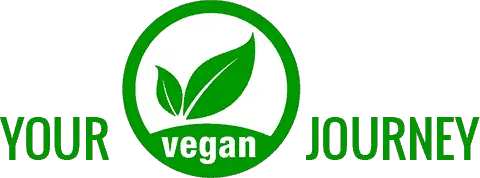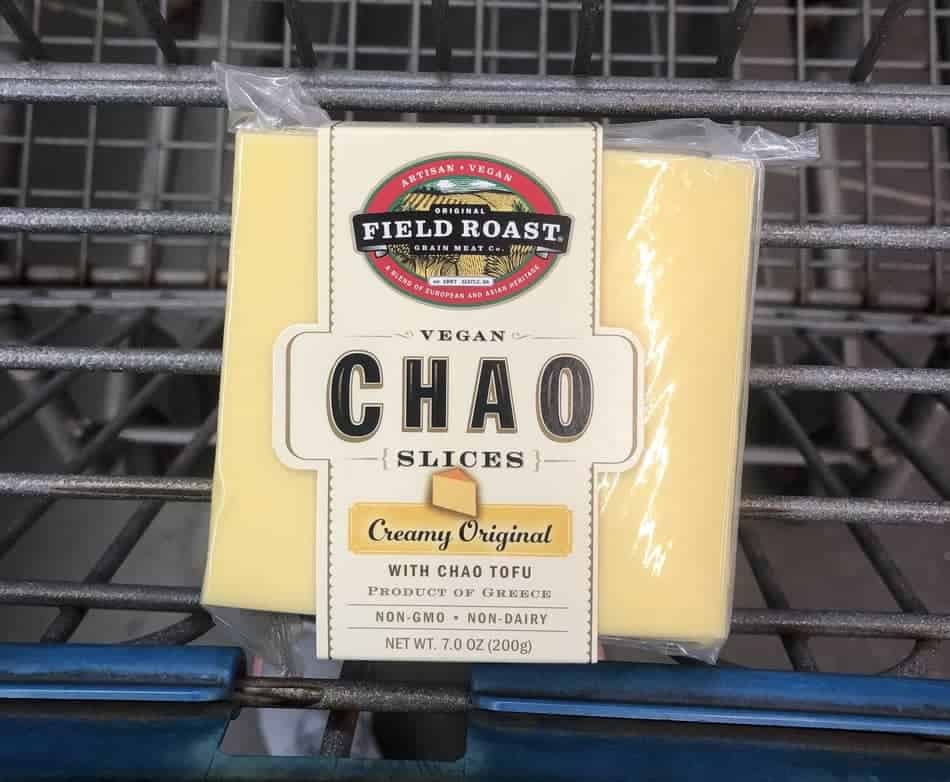Real cheese is dairy and vegan substitutes taste similar to regular cheese (at least to some people), so is vegan cheese dairy? I get asked this quite often by both vegans and folks with lactose intolerance, who want to know if they can partake.
Is it dairy-free? Yes, vegan cheese is always dairy-free. There are some imitation cheeses on the market that do contain milk derivatives.1 But, these cheeses are never marketed as vegan. Rather, they are made as a cheaper alternative to cheese, and for those looking for convenient spreadable cheeses.
Keep in mind that if dairy were present, the product wouldn’t be allowed to be advertised as vegan.
It is true that federal guidelines don’t regulate the use of the vegan label.7
But, many organizations have come about in recent years that won’t approve their trusted label for use on product if said product doesn’t meets a strict list of criteria.8
What we’ll do here is go over the various reasons vegan cheese is considered non-dairy.
Why Vegan Cheese Is Dairy-Free
Vegan Cheese Is Only One Type of Imitation Cheese
Sure, some imitation cheeses are non-vegan—think, Easy Cheese and similar sprays, squirts, and spreads.
Imitation cheeses, or cheese analogs, have been described as cheese-like products wherein the milk fat has been replaced with vegetable oil.1
Vegan cheeses don’t use milkfat, but the definition was set before vegan cheeses hit the market.
Imitation cheeses have been around for a long time and appealed to manufacturers because analogs are less expensive than natural cheese and easier to spread, squirt or what have you.
For these non-vegan imitation cheeses, the milk proteins like calcium caseinate are mixed with vegetable fat, water, salt, lactic acid, and emulsifiers, at which point they’re heated to pasteurization temperatures for several minutes.
The texture, flavor, melting properties, and nutritional profile of these cheese analogs are similar to those of real cheese.1,2
Then we had imitation cheeses hit the market that were lactose-free, but still not completely dairy-free as most contained milk proteins—they weren’t marketed to vegans or those with dairy allergies. These cheeses would often still contain dairy proteins.
Finally, we have 100% dairy-free cheeses that first surfaced to cater to those with milk allergies.
In fact, some of the brands most associated with vegan cheese were first intended for those with milk allergies, but were later targeted at vegans.
Lactose intolerance is simply an intolerance (albeit an aggravating one), whereas the proteins in milk (that are often the non-vegan component of imitation cheese), can trigger a life-threatening allergic reaction.
Hence, the initial demand for dairy-free alternatives to cheese.
The marketing of these 100% dairy-free cheeses was then extended to vegans.
The Proteins In Vegan Cheese Are Non-Casein
The main component of cheese is coagulated proteins. Dairy cheese makers expose casein (the most abundant protein in milk) to acid.
They do this either directly to create the soft/high moisture cheeses (e.g. cottage and ricotta) or with the help of enzymes and bacterial cultures for the firmer cheeses (e.g. cheddar)—which is why the latter has a more complex flavor profile.
It’s worth noting that some ultra-processed quasi cheese products like Velveeta use whey protein, the second most abundant protein in milk. It coagulates due to heat, not acid, and has an extra creamy texture.
Vegan cheesemakers, on the other hand, coagulate various plant protein from sources like cashews, at which point they use certain substances to enhance the flavor profile.3
Vegan Cheeses Don’t Use Rennin
This brings us to the next point.
Above it was mentioned that enzymes can be used to coagulate casein protein. Rennin, an animal-derived substance, is one such enzyme. So, how do we know that plant proteins aren’t coagulated with rennin?
Casein is what’s known as a phosphoprotein. There are four types of phosphoproteins: alpha-, beta-, kappa-, and gammacaseins.4
These molecules get together with calcium and phosphate to form clusters which then form small spherical structures known as micelles.
Rennin is uniquely helpful for processing regular dairy cheese because when added to milk it causes the breakage of kappacasein between two specific amino acid molecules, which then causes the spherical micelles to break apart or coagulate to make cheese.5
Rennin is not utilized to perform this function on plant proteins, which is why rennin is never used for non-dairy imitation cheeses.
Any Phosphorus In Vegan Cheese Is Not from Dairy Fat
I get asked quite a bit if plant-based cheeses contain phosphorus. The question usually comes from non-vegans looking to manage phosphorus intakes (due to kidney disease), but don’t want to give up cheese.
The answer is usually no.
Real cheese always contains phosphorus, because dairy cheese uses milk proteins to coagulate and form the cheese. In doing so, milk is used which contains fat suspended in water as droplets surrounded by membranes—fat and water don’t mix, so lipid droplets need membranes in order for an emulsion to be formed.
As such, membranes are packed with phospholipids which are some of natures favorite emulsifiers.6
Hence the phosphate content of milk and cheese.
Phosphorus can be added to imitation cheeses, in which case the phosphorus is likely vegan.
For example, calcium phosphate is often added to improve the consistency, texture, and spreadability of processed cheese products, and sodium phosphate is sometimes used to emulsify, stabilize and thicken cheese products.1
So, it would follow that calcium and sodium phosphate could be used in imitation cheese to achieve the same purposes.
That pretty much wraps it up. Hopefully, this will give you a good idea as to why vegan cheese is non-dairy. Thanks for reading.
You may also want to check out the following related articles:
References
- Understanding Food: Principles and Preparation (Page 241). Amy Brown – Wadsworth Cengage Learning – 2011. ISBN-10: 0-538-73498-1
- Potter NN, and JH Hotchkiss. Food Science. Chapman & Hall, 1995.
- Hardman JG, Limbird LE, eds. Goodman & Gilman’s The Pharmacologic Basis of Therapeutics. 9th ed. New York, NY: McGraw-Hill, 1996.
- Understanding Food: Principles and Preparation (Page 235). Amy Brown – Wadsworth Cengage Learning – 2011. ISBN-10: 0-538-73498-1
- Manufacture and Use of Cheese Products. New Zealand Institute of Chemistry. https://nzic.org.nz/app/uploads/2017/10/3D.pdf
- Understanding Food: Principles and Preparation (Page 212). Amy Brown – Wadsworth Cengage Learning – 2011. ISBN-10: 0-538-73498-1
- Carrie Griffin Basas. ‘V’ is for Vegetarian: FDA-Mandated Vegetarian Food Labeling. Utah Law Review, Vol. 4, No. 1275, 2011. https://papers.ssrn.com/sol3/papers.cfm?abstract_id=1434040
- Certification. https://vegan.org/certification/

